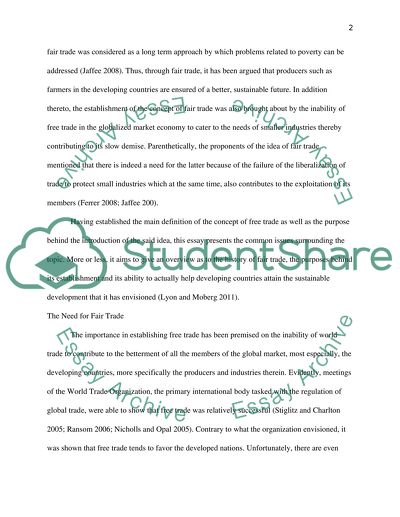Cite this document
(“Fair Trade and developing countries Research Paper”, n.d.)
Retrieved from https://studentshare.org/sociology/1428815-fair-trade-and-developing-countries
Retrieved from https://studentshare.org/sociology/1428815-fair-trade-and-developing-countries
(Fair Trade and Developing Countries Research Paper)
https://studentshare.org/sociology/1428815-fair-trade-and-developing-countries.
https://studentshare.org/sociology/1428815-fair-trade-and-developing-countries.
“Fair Trade and Developing Countries Research Paper”, n.d. https://studentshare.org/sociology/1428815-fair-trade-and-developing-countries.


